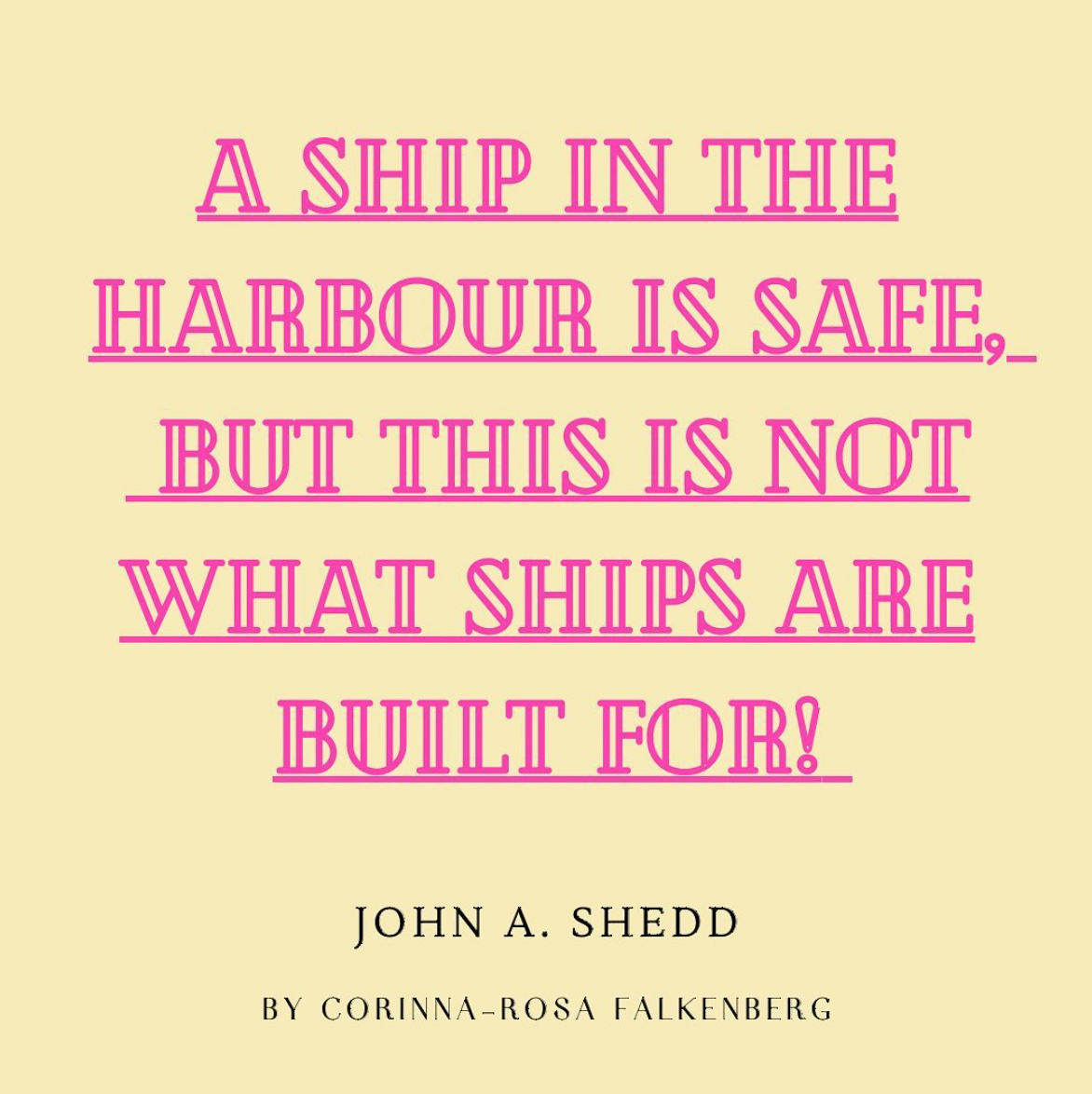☆ JUST DO IT – IT MIGHT BE YOUR ONLY CHANCE!
Auch Dein Büro kann jederzeit zu Deinem Hörbuch Aufnahmestudio werden!
Wir Menschen habe die wunderbare Fähigkeit, uns an unsere äußere Umstände anzupassen und das Beste daraus zu machen. Oft sind wir aber zu bequem dafür und verlangen erst ein neues Paar Joggingschuhe bevor wir mit dem Laufen anfangen. Oder auch erst den neuen Job oder die neue Liebe, bis wir dann glücklich sein wollen. Besser als jetzt wird es allerdings selten.
Ich glaube einer meiner wichtigsten Erfolgsgrundsätze ist für mich, “einfach” loszulegen und “zu machen” anstelle zu warten und darüber zu grübeln wie es denn am besten sein könnte. Klar, das Ergebnis kann weniger perfekt sein – aber: es ist gemacht und umgesetzt. Wenn ich so auf mein bisheriges Leben zurückblicke, war es glaube ich genau das, was mich dahin gebracht hat, wo ich aktuell bin: Ich habe gemacht. Und wenn es eben nicht perfekt war, dann war das eben so. Und oft kann das Nichtperfekte dann nach Umsetzung noch etwas korrigiert werden. So gerne zeigt sich auch erst nach der Umsetzung, wie es noch besser geht.
Wichtiger als das ist aber, dass Du es einfach machst.
Hole Deinen Laptop jetzt heraus, schreibe Dein neues Buch oder den Blog, der tief in Deinem Herzen schlummert. Beginne jetzt Tango zu tanzen und warte nicht darauf, bis Du den richtigen Tanzpartner gefunden hast. Mache Dein Tun nicht von den äußeren Faktoren abhängig. Sondern mache Dein Ding, egal welche Story Dir Dein Köpfchen erzählt, warum es doch nicht gehen soll. Fange einfach an. Perfekter wird der Moment dafür einfach nicht.
Mir haben meine Hörbuch Aufnahmen zu #crazyforlife, meinem Buch, super viel Freude bereitet. Sie sind nun im Kasten und in Kürze kannst Du das Hörbuch zu meinem Buch auf allen bekannten Kanälen auch runterladen!
Stay mindful & crazy, Deine Corinna-Rosa











